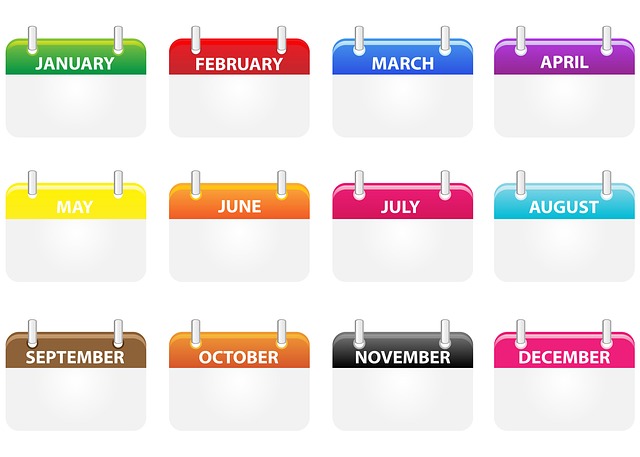 Internal editorial calendars within a PR department or agency provide a roadmap and schedule for creation of PR materials, including press releases, blog posts, and content marketing. The calendars also improve timing of media pitching. By laying out what content to create, when to pitch, and who to pitch, editorial calendars make PR both easier and more effective. They also help update media pitching activities and track their success.
Internal editorial calendars within a PR department or agency provide a roadmap and schedule for creation of PR materials, including press releases, blog posts, and content marketing. The calendars also improve timing of media pitching. By laying out what content to create, when to pitch, and who to pitch, editorial calendars make PR both easier and more effective. They also help update media pitching activities and track their success.
Some PR pros download one of the hundreds of free editorial calendar templates available online. Just use Google to search “editorial calendar template 2019.” In the results, you’ll see some useful ads at the top and then the organic results that the Google algorithm judges as most relevant or popular. You’ll probably find what you need on the first page of results.
Some PR departments and agencies devise their own spreadsheet to accommodate specific needs or idiosyncrasies. Others, especially solo communications consultants, opt for a simpler approach and tack a large desk calendar to the wall.
Select the Right Editorial Calendar Format
To select an appropriate format, Susan Young, CEO of Get in Front Communications, suggests considering these questions:
Will you be using an editorial calendar for both traditional PR activities (press releases, events, TV-news interviews) and for the online content you create?
Will you need separate content calendars for calls to action, keywords and generating leads?
Do you prefer a weekly, monthly or quarterly calendar?
Is the calendar visually appealing and easy for you to organize and revise?
Will your team communicate online via Slack or are you a solopreneur who prefers a paper calendar?
Do you need a dashboard-style content calendar that has separate fields for deadlines, reviews, sales-campaign collaborations, departmental/client approvals and publishing dates? Agencies, corporate communicators and larger teams typically use these.
Is the calendar simple, realistic and structured for maximum efficiency?
Gather Dates and Deadlines
After selecting a format, list date-specific events such as a client’s annual golf outing, evergreen content associated with a month or season, and topics you plan to pitch to media outlets.
Magazine editorial calendars, typically found in the media kit or advertising section on the publisher’s website, list topics that will be covered in each issue for the year. If it’s not posted online, request one. The lists of planned topics help craft targeted pitches. Note their deadlines and set an earlier deadline when transferring dates onto your own calendar.
“This helps tremendously, so you aren’t pitching holiday styles in November, when the issue already closed end of September,” writes Danika Daly, founder of Danika Daly PR, in PR Couture.
Backtrack a few days or weeks from publication deadlines and note when you should start drafting press releases, inviting reporters or recording videos.
Prioritize Media Opportunities
Use editorial calendars to prioritize media opportunities. “Sort the top priorities by date and start to think about what information you may need to craft the perfect pitch,” says Julie Miller, a marketing and communications professional at Axia Public Relations.
You might need to contact publications for additional details about topics listed on their calendars, Miller adds. Simply contact the editorial assistant with a quick question. That will help you send the kind of pitch they want and save both their time and yours.
Editorial calendars can also plan social media marketing, blog posting and other owned media activities. “You never know what opportunities might come about from connecting a client product or service to a particular story idea, event or piece of news,” Daly says.
To gauge how editorial calendars aid media pitching, employ a media monitoring service to reveal what publications mention PR clients and to measure the overall effectiveness of PR.
Bottom Line: Editorial calendars help PR pros organize their work, improve media pitching and ultimately win more media mentions.
William J. Comcowich founded and served as CEO of CyberAlert LLC, the predecessor of Glean.info. He is currently serving as Interim CEO and member of the Board of Directors. Glean.info provides customized media monitoring, media measurement and analytics solutions across all types of traditional and social media.




